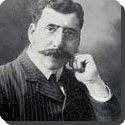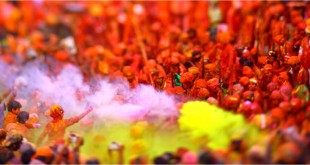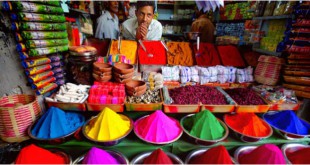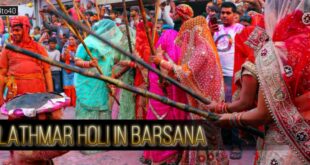 Hermann Kallenbach (1871–1945) was a South African architect who is best known for being a very close friend of Mahatma Gandhi, starting from the latter’s early days in South Africa. Kallenbach was born in 1871 in East Prussia to a German-Jewish family. He went to study architecture in Stuttgart and Munich. In 1896, he went to South Africa, where he practiced as an architect and became a South African citizen.
Hermann Kallenbach (1871–1945) was a South African architect who is best known for being a very close friend of Mahatma Gandhi, starting from the latter’s early days in South Africa. Kallenbach was born in 1871 in East Prussia to a German-Jewish family. He went to study architecture in Stuttgart and Munich. In 1896, he went to South Africa, where he practiced as an architect and became a South African citizen.
In 1904 he met Mohandas Gandhi, who was then working in South Africa. He was highly influenced by Gandhi’s ideas of Satyagraha and equality among human beings and became his intimate friend and a dedicated devotee. In 1910 Kallenbach, who was a rich man, donated to Gandhi a thousand acre farm belonging to him near Johannesburg. The farm was used to run Gandhi’s famous “Tolstoy Farm” that housed the families of satyagrahis. Abandoning the life of a wealthy, sport-loving bachelor, he adopted a simple lifestyle, vegetarian diet and equality politics of Gandhi on this farm. In Gandhi’s words, they became “soulmates” and, for a time, shared Kallenbach’s home. Together with Henry Solomon Leon Polak, Kallenbach was associated with Gandhi throughout the Satyagraha (non-violent resistance) struggle, which lasted in South Africa until 1914. Kallenbach planned to accompany Gandhi to India in 1914, but with the outbreak of World War I, he was detained in England because of his German citizenship.
Although disagreeing with Gandhi over Zionism and also in his (Kallenbach’s) conviction that Hitler had to be resisted by violence, Kallenbach’s deep friendship with Gandhi continued, and he last visited him in 1939.
Kallenbach died in 1945. Kallenbach, to this day, is considered to be one of the foremost associates and friends of Gandhi who devoted a major part of his life to follow his principles and ideals. Gandhi has frequently mentioned him in his autobiography where he explains how he was his ‘soulmate’ in the early days of development of his personality and ideologies.
 Kids Portal For Parents India Kids Network
Kids Portal For Parents India Kids Network






